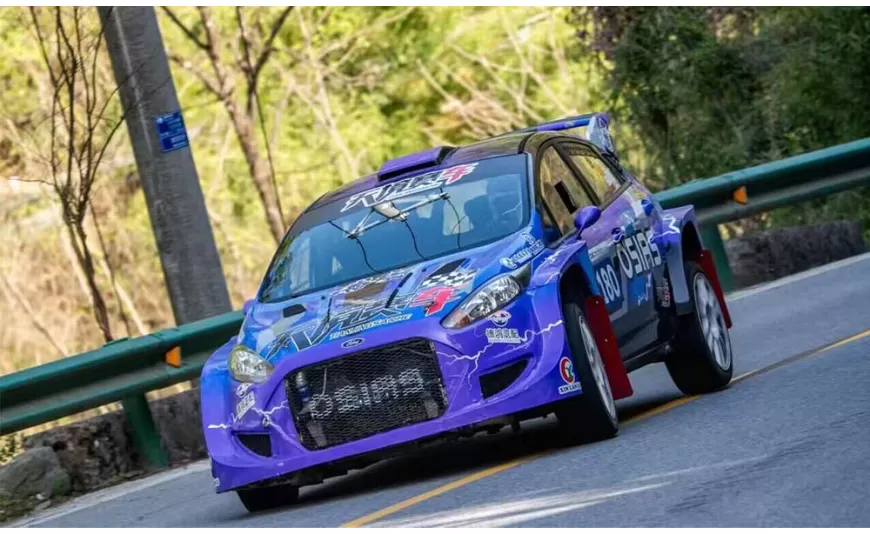
A system is a complex and vast collection of components. Different components form small subsets, which in turn complement each other to form a sophisticated system. The fuel system is no exception. So, what are the main components of a fuel system? Let's take a "Day Tour" of fuel to find out.
Fuel Tank
As everyone knows, the fuel tank is where fuel is stored, typically located at the rear or underside of the vehicle. Some tanks also have fuel level sensors to monitor the fuel level, but I won't go into detail here.
Fuel Pump Strainer
After the tank is full, the fuel needs to be transported elsewhere. The first thing it passes through is the fuel pump strainer. Fuel can be contaminated during storage and transportation. To ensure high-quality fuel for the engine, a strainer is needed to filter out larger impurities. If the strainer isn't clean enough, don't worry; there will be more powerful filters to help.
Fuel Pump
After being purified by the fuel pump filter, the fuel reaches the fuel pump. Fuel pumps are familiar to all car owners. The fuel pump injects fuel into the fuel line, ensuring the engine receives the right amount of fuel at the right time. Of course, for engines with specialized requirements, the fuel flow provided by a standard fuel pump is far from sufficient. This is where a high flow fuel pump comes in. A high flow fuel pump not only provides a larger fuel volume but also provides a more stable fuel supply, improving fuel efficiency.
Fuel Line
The fuel then flows into the fuel line. The fuel line is the "highway" that safely and steadily transports fuel from the tank to the engine's combustion chamber. Two key players in this process cannot be overlooked: the fuel line check valve and the fuel surge tank.
Fuel Line Check Valve
It's truly astonishing that there are valves in the fuel system. And they serve a vital purpose. In a nutshell: they prevent fuel from backflowing and allow the fuel to flow only in the designated direction. Furthermore, if the pump suddenly stops, the high-speed fuel flow can cause water hammer. In this case, the check valve quickly closes, blocking the shockwave before it enters the valve, thus protecting delicate components.
Fuel Surge Tank
What if your fuel becomes aggressive during travel? No problem, a fuel surge tank can help. The fuel surge tank calms aggressive fuel and ensures stable engine pressure under all operating conditions.
Fuel Rail
The fuel line delivers fuel to the fuel rail. Like a fair teacher, the fuel rail, after being pumped into the rail by the high-pressure injection pump, evenly distributes fuel to each injector. This prevents uneven fuel supply that can cause engine jitter, power loss, or excessive emissions.
Fuel Injector
The final component of the fuel system is the fuel injector. The injector "sprays" the incoming fuel into the engine cylinders. The injector's specialized design and high pressure increase the contact area between the fuel and air, improving combustion efficiency. Thus, the fuel's "journey" ends.
Summary
A good driving experience depends on a smooth fuel system, which in turn depends on the coordinated operation of all components. Therefore, high-quality automotive parts are crucial to a positive driving experience. OSIAS is a company integrating industry and trade, specializing in the production and sale of fuel pumps. With over 10 years of experience specializing in fuel pump production, we are committed to providing you with the highest quality products.



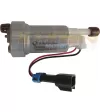
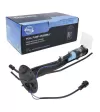



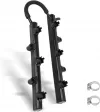
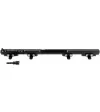
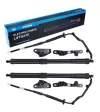
Write a comment